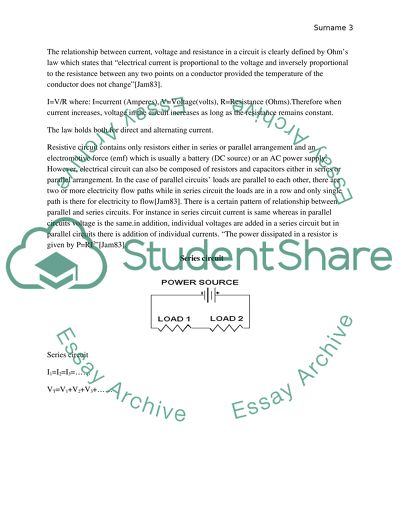Cite this document
(“Current flow in a circuit (purely resistive and restive-capacitive Lab Report”, n.d.)
Current flow in a circuit (purely resistive and restive-capacitive Lab Report. Retrieved from https://studentshare.org/physics/1473232-current-flow-in-a-circuit-purely-resistive-and-restive-capacitive
Current flow in a circuit (purely resistive and restive-capacitive Lab Report. Retrieved from https://studentshare.org/physics/1473232-current-flow-in-a-circuit-purely-resistive-and-restive-capacitive
(Current Flow in a Circuit (purely Resistive and Restive-Capacitive Lab Report)
Current Flow in a Circuit (purely Resistive and Restive-Capacitive Lab Report. https://studentshare.org/physics/1473232-current-flow-in-a-circuit-purely-resistive-and-restive-capacitive.
Current Flow in a Circuit (purely Resistive and Restive-Capacitive Lab Report. https://studentshare.org/physics/1473232-current-flow-in-a-circuit-purely-resistive-and-restive-capacitive.
“Current Flow in a Circuit (purely Resistive and Restive-Capacitive Lab Report”, n.d. https://studentshare.org/physics/1473232-current-flow-in-a-circuit-purely-resistive-and-restive-capacitive.


